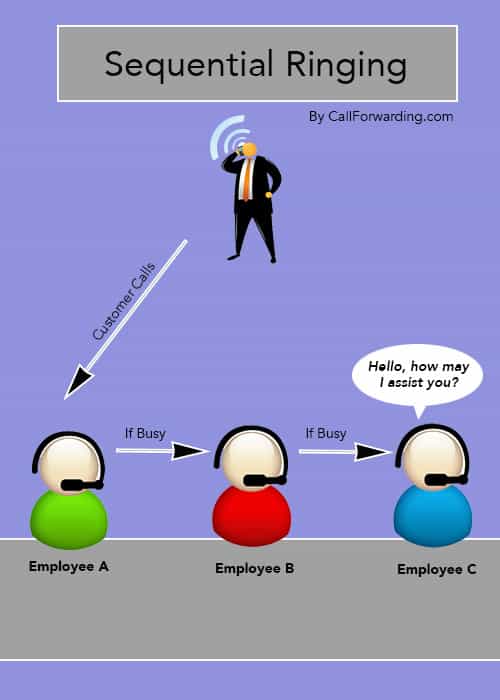How Does Sequential Ringing Work?
How does sequential ringing work and why would I want to use it? That’s the question we’ll answer here today. One of the benefits of VoIP calling is that you also receive additional features that aren’t offered by standard telephone service providers. If you’re new to VoIP, then you may not know what each feature is or how it works. In this article, we’re going to talk about Sequential Ringing and how it can help you provide quality service to your customers.
What is Sequential Ringing?
Sequential Ringing is a feature that forwards incoming calls to a sequence of phone numbers you select. The numbers ring in the order you choose. You can set your phones to ring simultaneously, or in a specific order that’s beneficial to your business. This feature is triggered when an incoming call matches a specific rule, such as a certain time of day or date. You can also choose how long each phone rings before the call is forwarded to another device. While the call is being transferred, the caller is provided with a friendly greeting and audio menu. If all of the numbers go unanswered, the call is then forwarded to voicemail.
How Can I Use Sequential Ringing?
If you’re managing a business with multiple employees in each department, you can set up sequential ringing so that incoming calls never go unanswered. For example, calls to the sales department can go to employee A first, and then employee B if employee A doesn’t answer, as shown in the graphic here. It’s also useful if an employee is out of the office, because you can easily adjust that employee’s calls to ring to another representative. 
